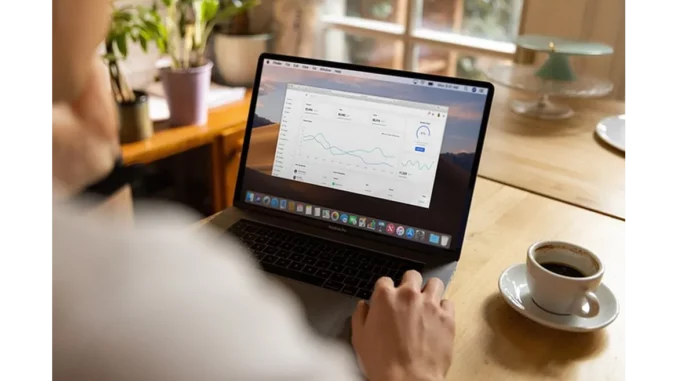
When it comes to accessing a NAS drive remotely, the journey can be as varied as the users embarking on it. Recently, I had the opportunity to sit down with Michael Huntley, a tech enthusiast and IT consultant, who shared his insights on the top four methods for NAS drive remote access. Our conversation offered a compelling look into the practicalities and nuances of each approach: AnyViewer, QuickConnect, DDNS, and Port Forwarding.
Michael Huntley, with over a decade of experience in IT solutions, has worked extensively with NAS drives, making him the ideal guide for this exploration. As he recounted his experiences, it became clear that each method caters to different user needs and technical preferences.
AnyViewer: The Simplified Approach
Our conversation began with AnyViewer, which Michael described as a user-friendly tool that simplifies remote desktop access. “For those who prefer a straightforward, no-fuss solution, AnyViewer is an excellent choice,” he noted. The process involves installing AnyViewer on both the computer connected to the NAS drive and the remote device. With a simple login, users can control the desktop remotely and access their NAS drives as if they were physically present.
Michael highlighted the ease of use as a significant advantage. “You don’t need to be a tech wizard to set this up,” he said. “It’s intuitive, making it perfect for users who might not be comfortable with more complex configurations.”
QuickConnect: Effortless Access with a Twist
Next, we delved into the world of QuickConnect, a method that Synology NAS users particularly appreciate. QuickConnect allows users to access their DiskStation Manager (DSM) over the internet using a customised ID. Michael explained that this approach is ideal for those who value convenience and simplicity.
“QuickConnect is fantastic because you don’t need to worry about opening ports or dealing with your router settings,” he explained. “Once you set up your QuickConnect ID, accessing your NAS is as easy as typing a URL into your browser.”
He did mention, however, that while QuickConnect is incredibly user-friendly, it might not offer the same level of control that more technically inclined users might seek.
DDNS: Dynamic Access with Flexibility
For those ready to dive a bit deeper into the technical waters, DDNS (Dynamic Domain Name System) offers a more flexible approach. Michael shared that DDNS associates a hostname with the NAS’s IP address, which can be particularly useful for users whose IP addresses change frequently.
“DDNS is great for those who want a bit more control and are comfortable with a few technical terms,” he said. “It’s a middle-ground solution that provides reliability and flexibility.”
Michael emphasised the importance of choosing a reputable DDNS provider and ensuring that users understand the basics of IP addresses and hostnames. “It takes a bit more setup than QuickConnect, but it’s worth it for the additional control it offers.”
Port Forwarding: The Technical Route
Finally, we discussed Port Forwarding, the most hands-on method of the four. Michael noted that this approach is best suited for those who enjoy getting into the nitty-gritty of network configurations.
“Port Forwarding allows you to create specific rules for accessing your NAS,” he explained. “It’s highly customisable, which is great, but it does require a certain level of technical know-how.”
Michael advised users to proceed with caution, as incorrect configurations can lead to security vulnerabilities. “It’s powerful, but it’s also a method that should be approached with a good understanding or guidance.”
The Bottom Line
Throughout our discussion, Michael reiterated a critical point: the best method for NAS drive remote access depends on the user’s specific needs and technical comfort level. “Whether you’re looking for simplicity, flexibility, or control, there’s a method out there for you,” he concluded.
In wrapping up our conversation, Michael offered this advice: “Explore each method, understand what it offers, and choose the one that aligns with your comfort and goals. Remote access shouldn’t be a headache; it should be a tool that enhances your data management.”
With these insights, users can confidently navigate the world of NAS drive remote access, knowing that a method exists to meet their unique requirements. Whether through the simplicity of AnyViewer or the technical depth of Port Forwarding, the path to remote access is paved with possibilities.
Fallon Foss

